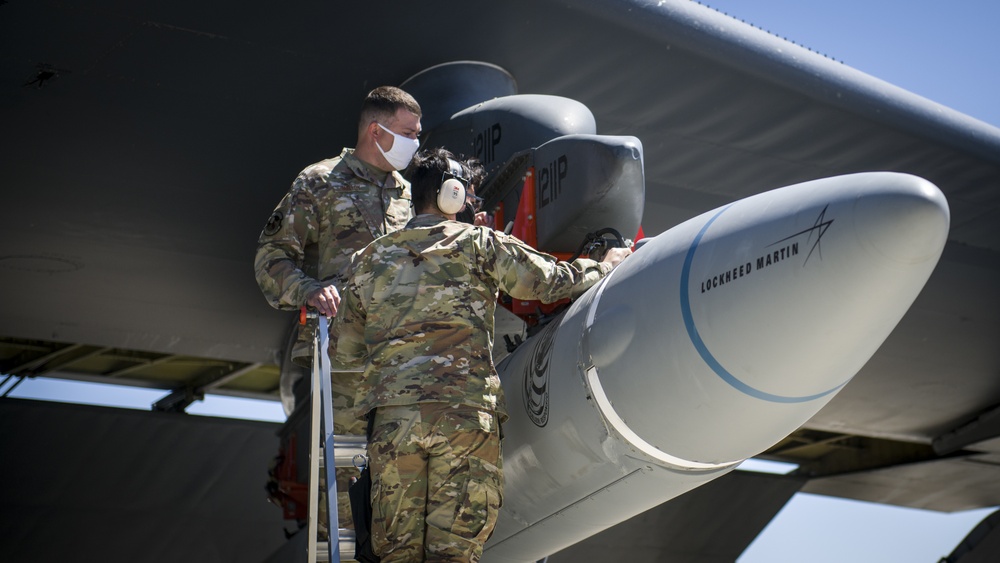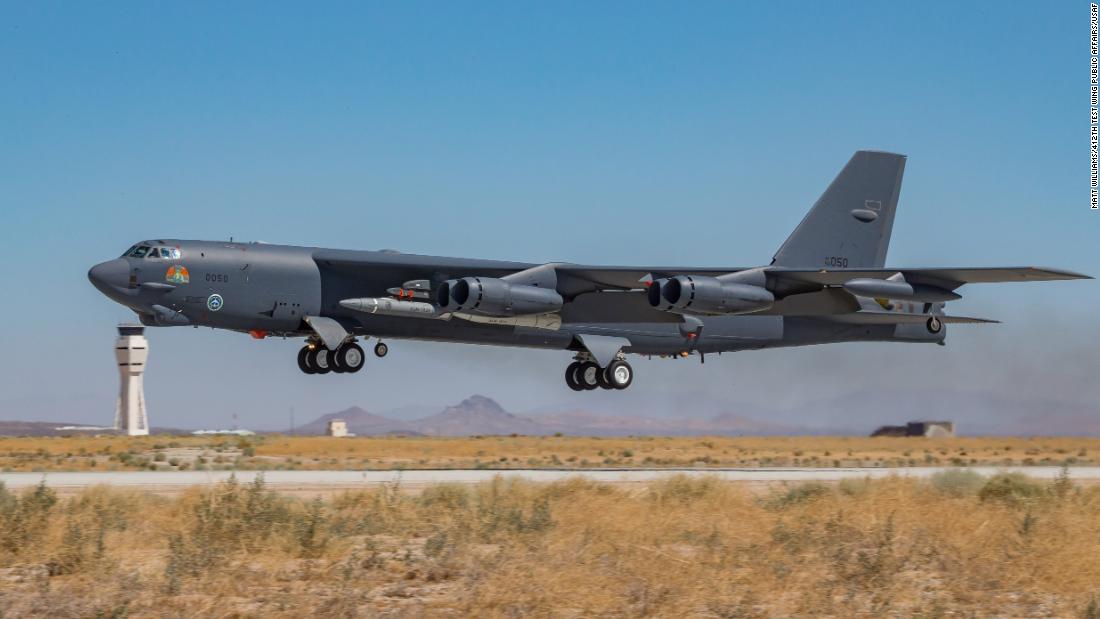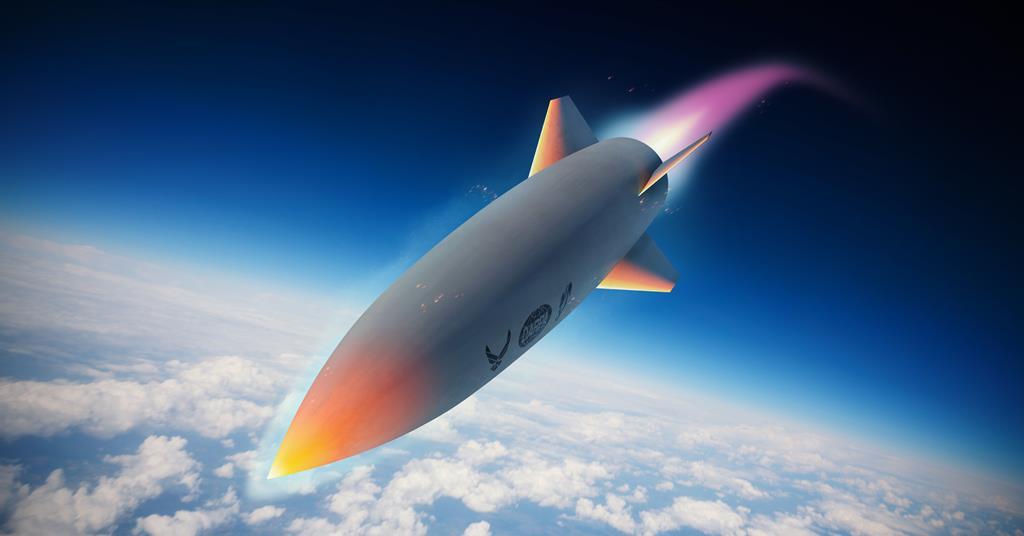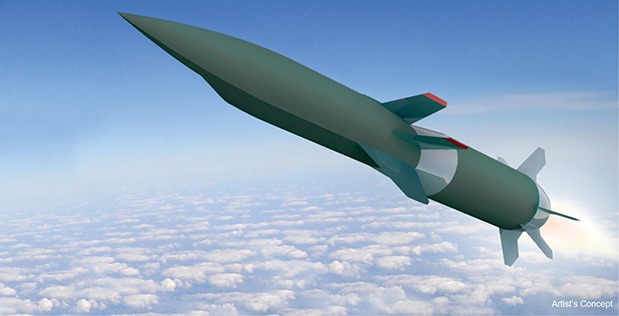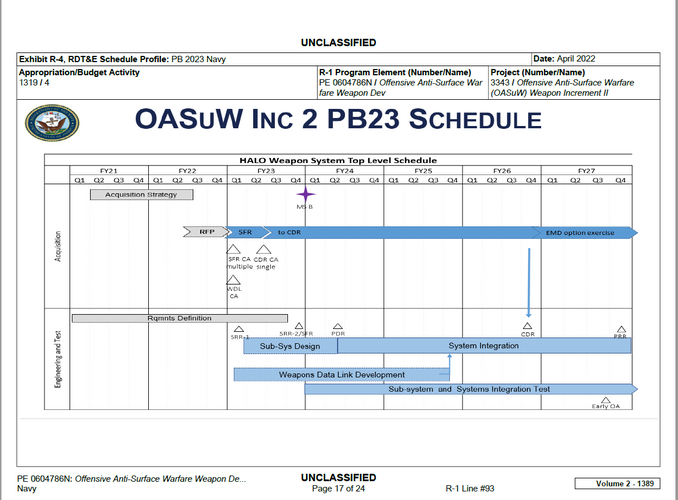- Joined
- 3 June 2011
- Messages
- 18,339
- Reaction score
- 12,243
so I don't understand the whole attitude around ARRW given its currently facing issues with the most rushed part of its development (booster dev and integration) which any other program, equally rushed, could also suffer from.
From my perspective, I see these failures and can't help being reminded of HyFly, which was cancelled due to failures unrelated to it's propulsion system, and the X-51 which almost didn't get to fly it's most successful flight because of failures not related to it's propulsion system. I worry risk aversion is going to kick in and bye-bye ARRW.
BTW, where does this fit into the hypersonic mix?
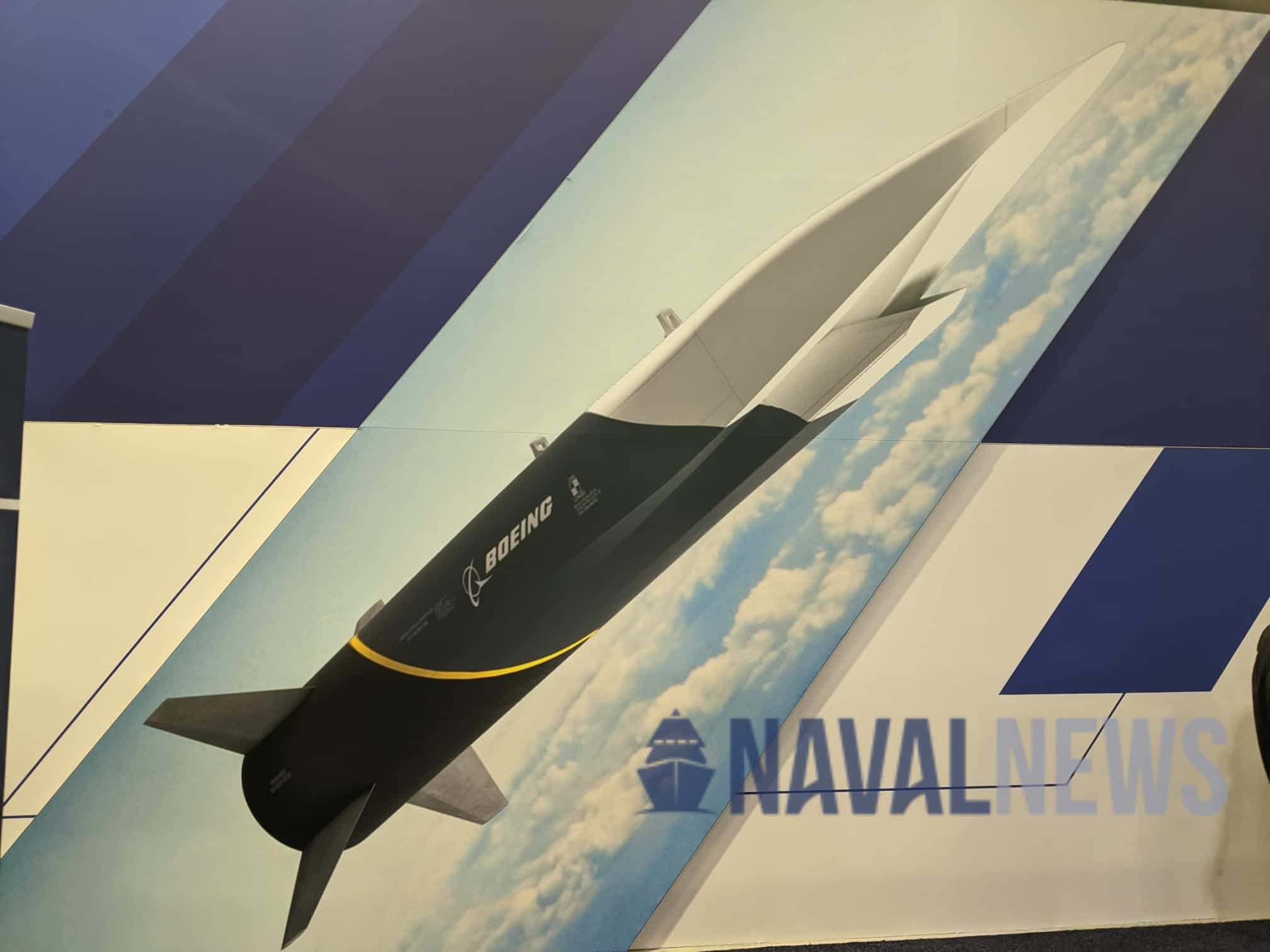
Sea Air Space 2021: Boeing Unveils New Hypersonic Cruise Missile Concept - Naval News
At Sea Air Space 2021, the naval defense exposition held near Washington DC, Boeing unveiled a new hypersonic cruise missile concept artist rendering know as HyFly 2 for carrier-based strike fighter.

